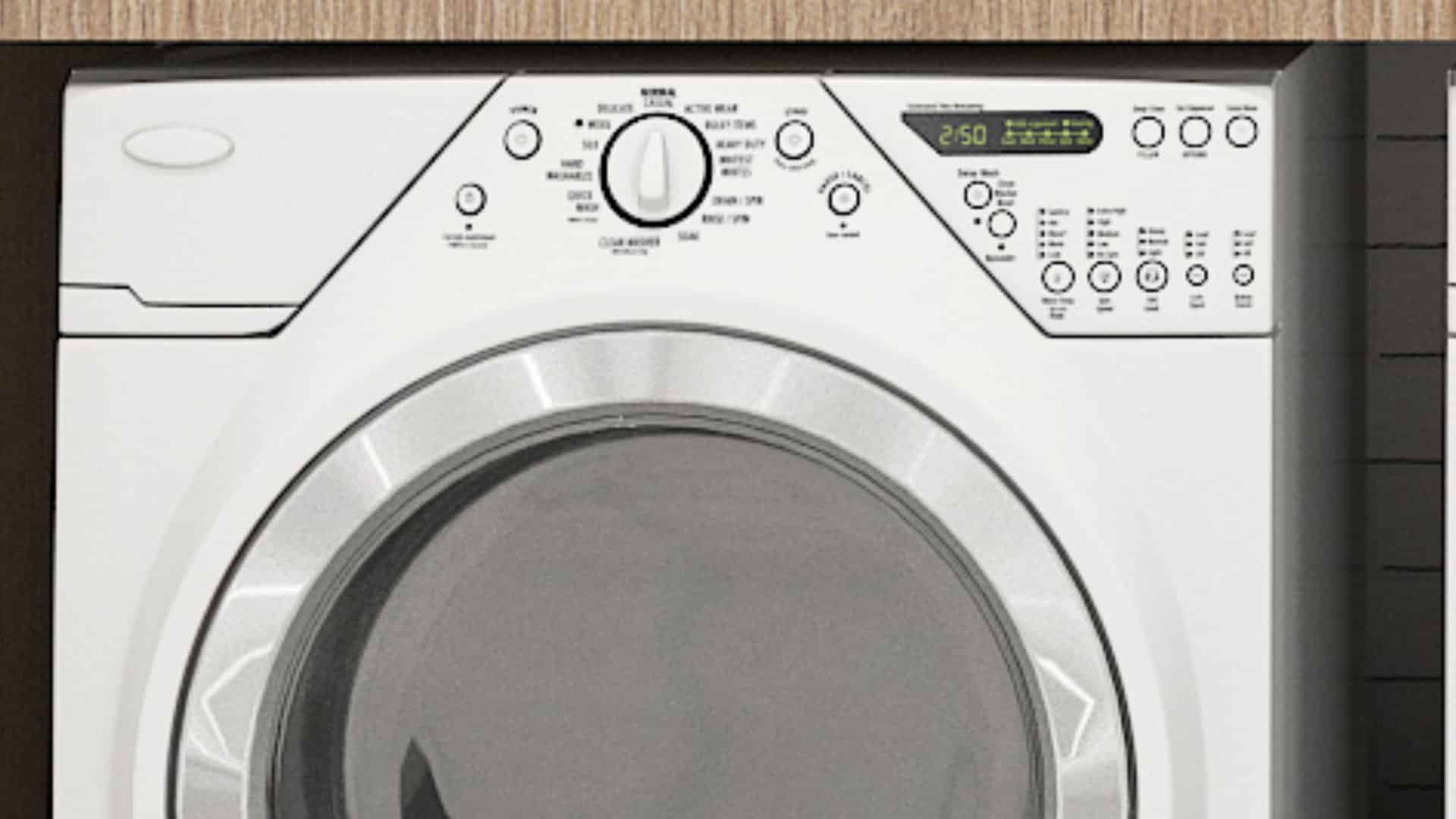Dishwasher mold buildup is a problem that’s often overlooked. After all, the purpose of a dishwasher is to clean dishes and utensils, not expose them to potentially harmful fungal spores, so conventional wisdom should lead you to believe that it’s mold-free.
But dishwashers are a haven for mold, offering the perfect environment for this fungi to thrive. Consumers should take a proactive approach to eliminate and prevent fungal buildup in their dishwashers.
Why Mold Grows Inside The Dishwasher
Mold requires a few basic elements to grow and thrive: heat, moisture, darkness and organic material. Unfortunately, dishwashers possess all of these elements, as most units are warm, moist, dark and filled with bits of leftover food particles. The mold spores will settle down inside the unit where they have everything they need to thrive.
The Importance of Preventing Dishwasher Mold Buildups
Allowing mold builds to persist inside the dishwasher places you and your family’s health at risk. According to a 2011 study published in the journal Fungal Biology, 62% of dishwashers tested positive for fungi, and 52% tested positive for the infection-causing black yeasts Exophiala dermatitidis and Exophiala phaeomuriformis.
Young children, the elderly, and people with compromised immune systems are placed at the highest risk for illness triggered by mold exposure.
Do Not Use Bleach
Bleach is often touted as the most effective solution for eliminating mold and fungal growth. While it’s certainly a great product to use in the bathroom and shower, it’s not suitable for use in the dishwasher.
The problem with bleach is that it may damage the heating probes. If the heating probes go out, the dishwasher won’t be able to effectively dry your dishes and utensils; thus, leaving your dishes dripping wet at the end of the cycle. And when there’s more water inside the unit, mold growth accelerates.
Tips To Treat and Prevent Mold In The Dishwasher:
- Use baking soda and vinegar to clean your dishwasher. The combination of these two ingredients creates a foamy paste that can be safely used inside the dishwasher to kill mold, bacteria and other potentially harmful germs.
- Scrub the small cracks, crevasses and hard-to-reach areas inside your dishwasher with an old toothbrush.
- Spray the inside of your dishwasher with a solution of half white vinegar and half water.
- Pay close attention to the rubber seal along the perimeter of the dishwasher door, as this is a prime location for mold growth.
- Remove the water sprinkler system at the bottom of the unit and clean underneath.
- Perform a thorough cleaning of your unit at least once a month.

How to Fix the nF Error Code on a Samsung Washer

Kenmore Elite Dryer Issues: How To Troubleshoot
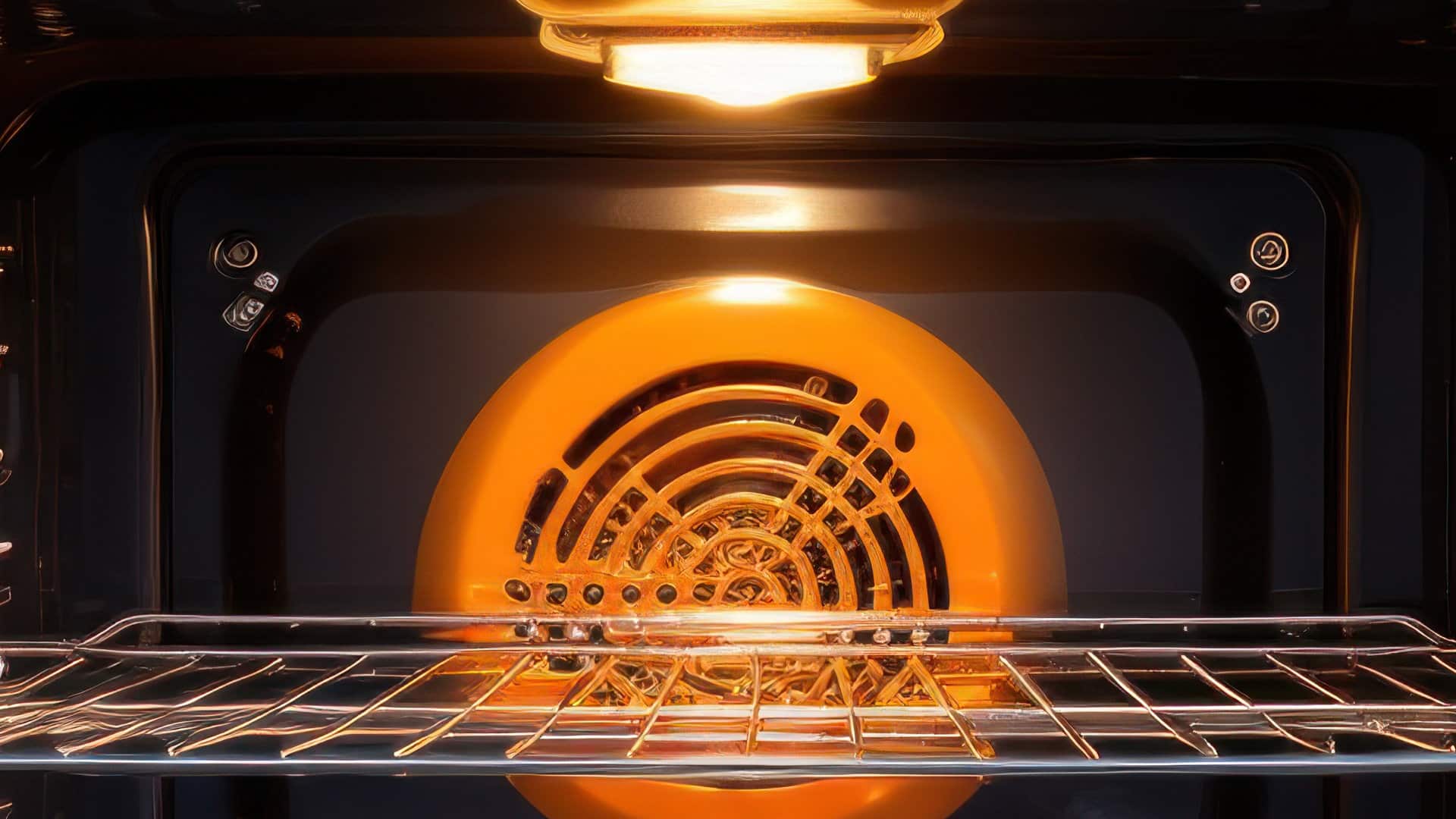
Microwave vs. Oven: Pros and Cons and How They Differ
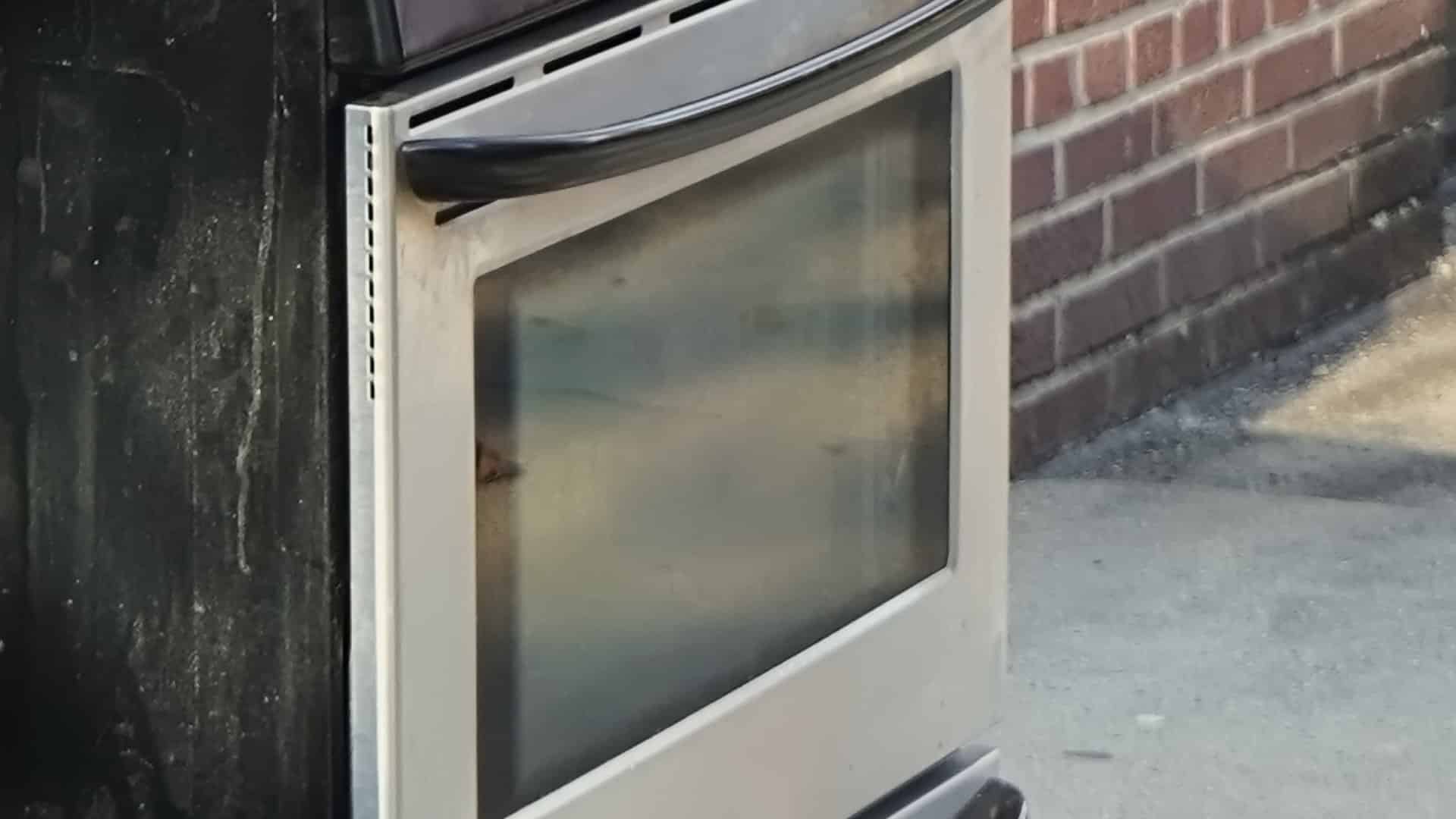
Self-Cleaning Oven Smell: Causes & Odor Reduction Tips

Frigidaire Ice Maker Not Working? 7 Ways to Fix It
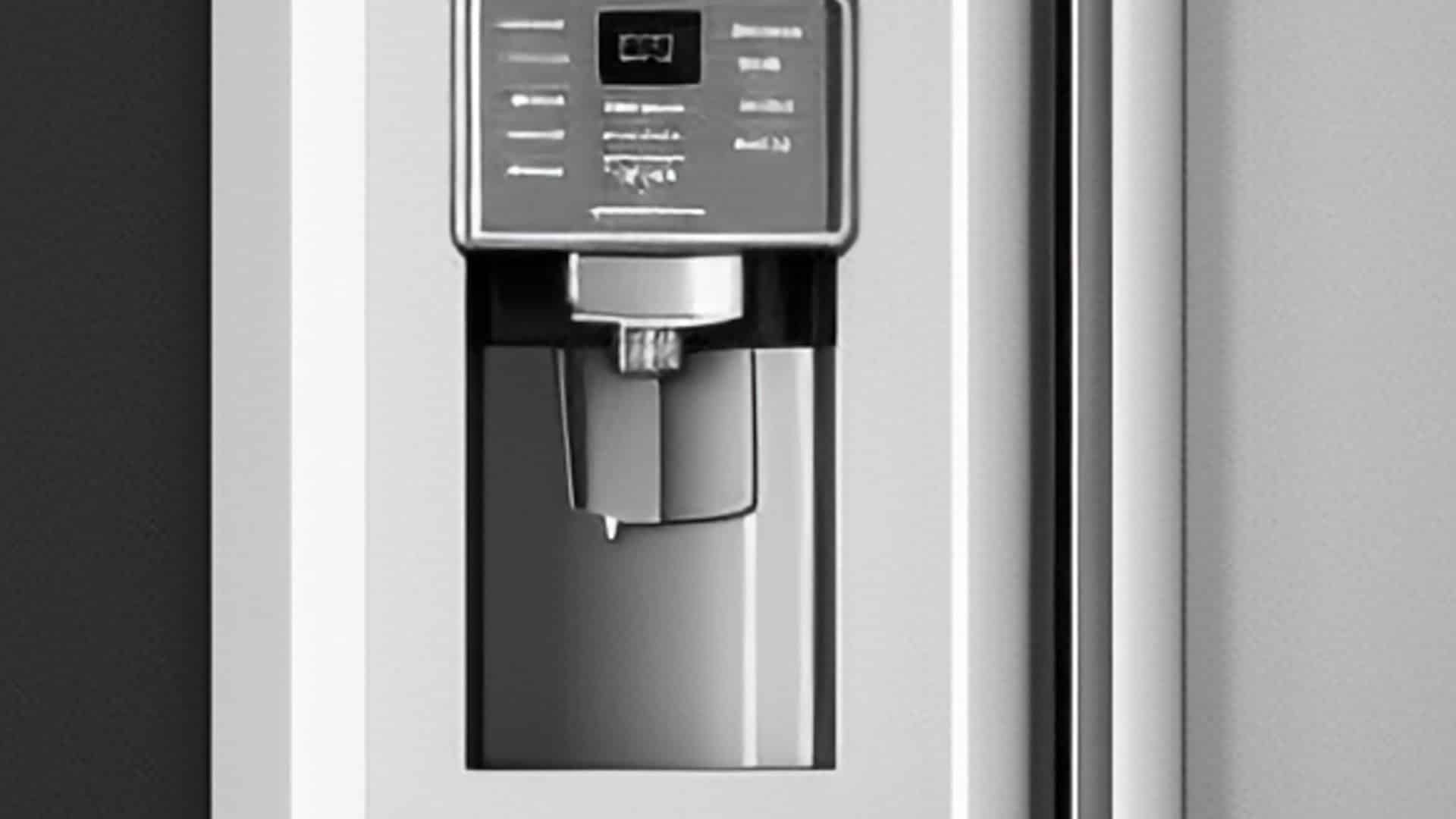
Why Is Your LG Refrigerator Not Cooling? (9 Common Reasons)
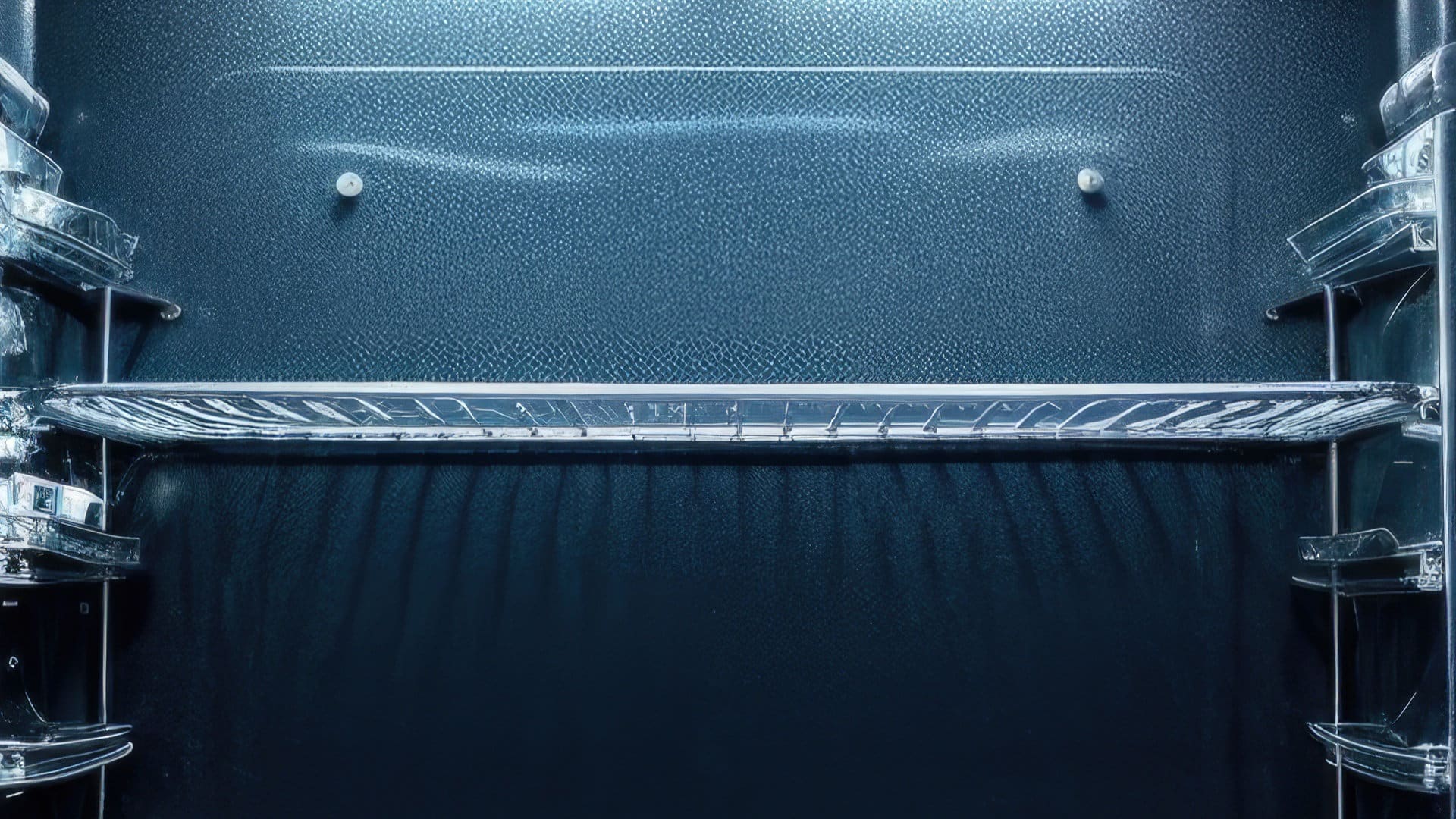
GE Oven F2 Error: Causes & Solutions
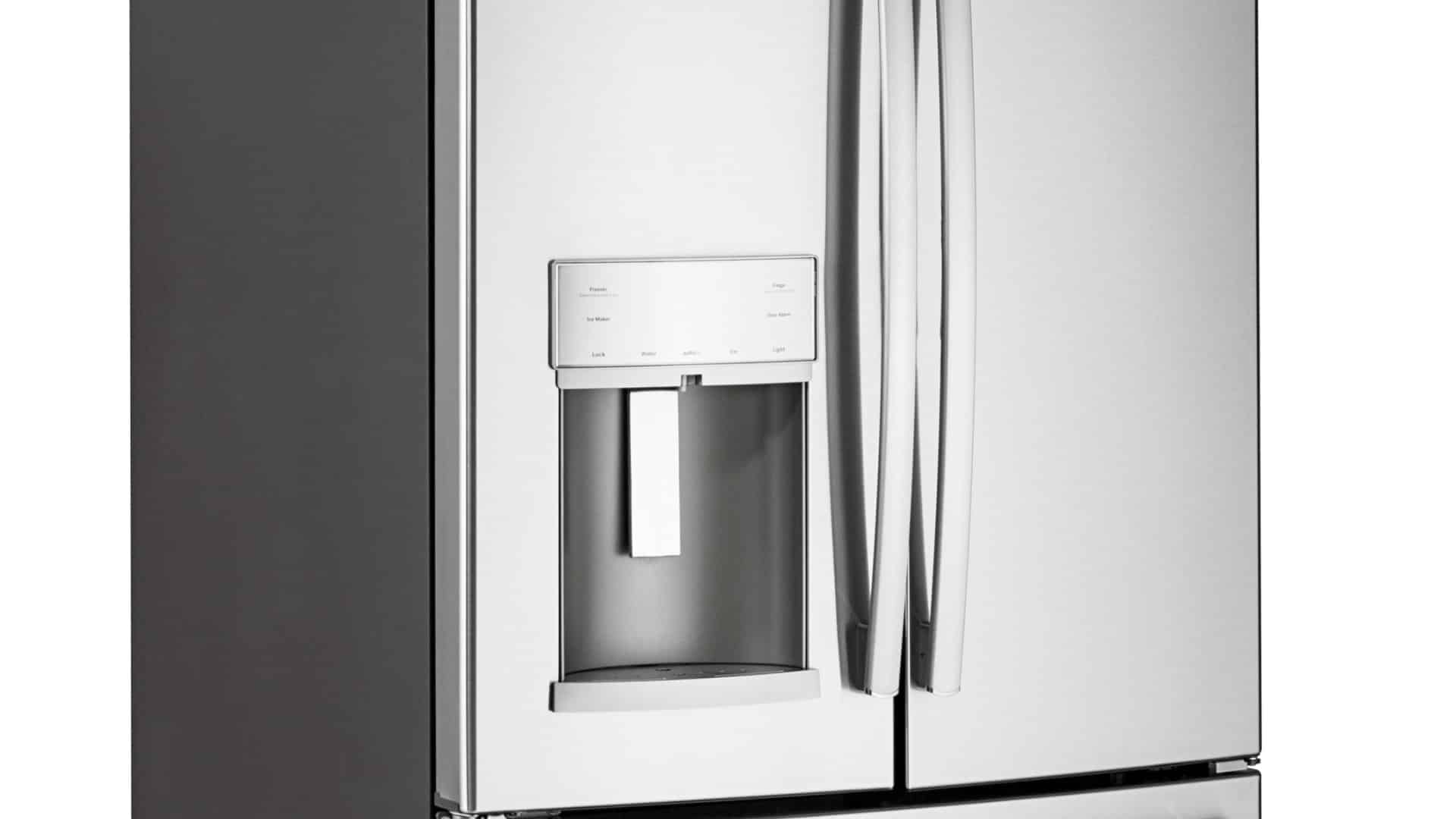
How to Reset the Water Filter Light on a Samsung Refrigerator
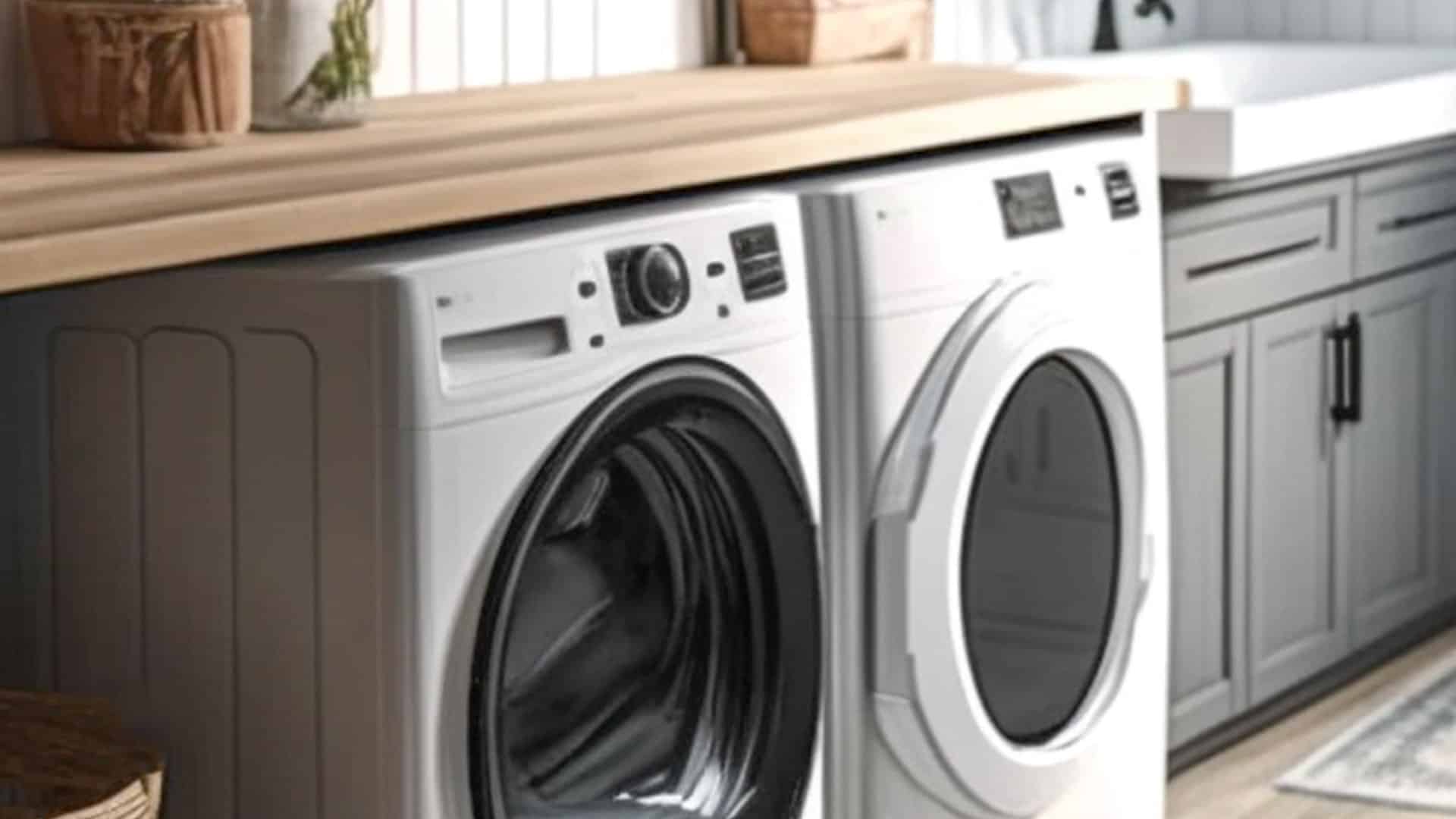
Maytag Washer Showing F5 Error Code? Here’s What To Do
